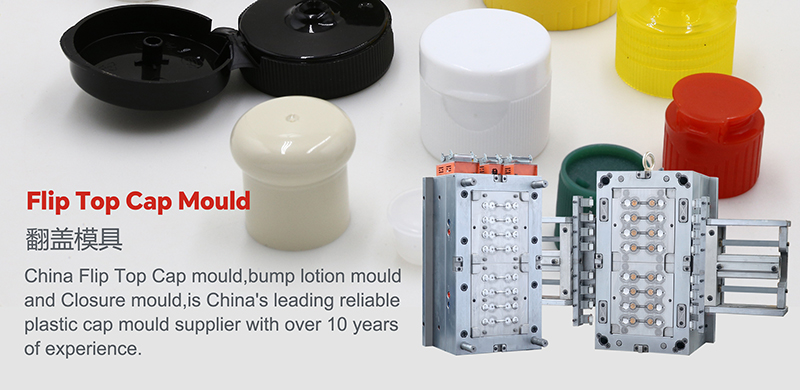Essential Daily Maintenance Tips for Bottle Cap Molds to Extend Lifespan

Essential Daily Maintenance Tips for Bottle Cap Molds to Extend Lifespan
Boost Productivity and Reduce Downtime with Proper Mold Care
Bottle cap molds are critical components in packaging production lines. Proper daily maintenance of injection molds ensures consistent output, minimizes defects, and extends tooling lifespan. Neglecting routine care can lead to costly repairs, unplanned downtime, and reduced product quality. Here’s a step-by-step guide to optimizing your bottle cap mold maintenance process.
1. Daily Cleaning: Prevent Residue Build-Up
Polymer residues and contaminants are the top enemies of plastic injection molds. After each production cycle:
Use non-abrasive tools (e.g., brass brushes) to remove debris from cavities and ejector pins.
Apply specialized mold cleaners to dissolve stubborn residues without damaging surfaces.
Blow compressed air (≤0.3 MPa) to clear particles from venting holes and slides.
Pro Tip: Avoid silicone-based sprays—they attract dust and degrade plastic adhesion.
2. Lubrication: Ensure Smooth Operation
Regular lubrication reduces friction in moving parts like ejector pins and sliders:
Apply high-temperature-resistant grease (e.g., molybdenum disulfide) to guide pillars weekly.
Lubricate sprue bushings after every 10,000 cycles.
Wipe excess grease to prevent contamination.
Keyword Focus: "mold lubrication best practices"
3. Inspection for Wear and Damage
Detect issues early with a daily mold inspection checklist:
Check for cracks, corrosion, or pitting on core/cavity surfaces.
Measure ejector pin lengths—replace if worn beyond 0.02mm tolerance.
Verify alignment of mold halves using precision gauges.
4. Anti-Rust Treatment
Condensation and cooling systems create moisture risks. Protect molds with:
Silica gel desiccant in storage cabinets.
Rust-inhibiting coatings (e.g., Teflon-based sprays).
Immediate drying after water-based cooling processes.
5. Proper Storage Practices
When molds are idle:
Store in temperature-controlled (18–25°C), low-humidity environments.
Insert spacer blocks to relieve pressure on guide pillars.
Cover with breathable anti-static fabric.
6. Operator Training for Mold Safety
Human error causes 35% of mold damage (Plastics Industry Association). Train teams to:
Avoid forced ejection during jams.
Use correct demolding agents (e.g., food-grade release sprays for caps).
Follow startup/shutdown protocols to prevent thermal shock.
7. Document Maintenance Records
Track every action in a mold maintenance log:
Date and type of service performed.
Parts replaced (e.g., ejector pins, springs).
Observations (unusual noises, sticking).
Why Prioritize Mold Maintenance?
Cost Savings: Well-maintained molds last 2–3x longer, reducing replacement costs.
Quality Control: Prevent defects like flash, short shots, or dimensional errors.
Sustainability: Minimize scrap rates and energy waste from reprocessing.
For complex issues, partner with certified mold maintenance services to perform deep cleaning, laser welding repairs, and surface re-polishing.
By implementing these daily mold maintenance routines, manufacturers can achieve 20–30% higher operational efficiency and maintain ISO-compliant production standards.

